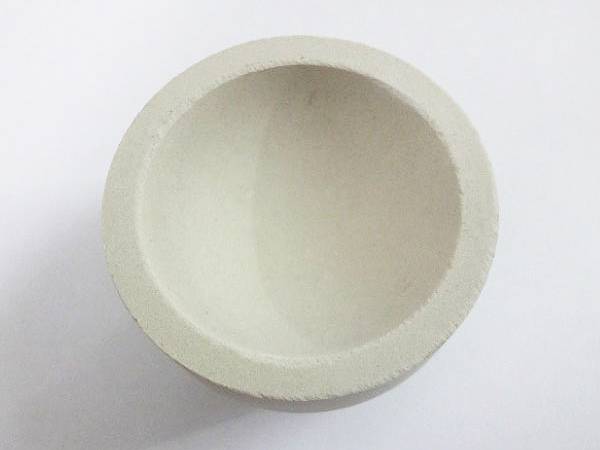



Synthesis and Applications of Cross-Linked Polyacrylamide in Modern Research and Industry
Exploring Cross-Linked Polyacrylamide Properties, Applications, and Innovations
Cross-linked polyacrylamide (PAM) is a synthetic polymer that has gained considerable attention in various fields due to its unique physical and chemical properties. Comprising acrylamide monomers that are chemically bonded through cross-linking agents, this polymer is notable for its ability to form hydrogels, which are three-dimensional networks that can retain significant amounts of water. This article discusses the key characteristics of cross-linked polyacrylamide, its diverse applications, and recent innovations that highlight its importance in science and industry.
Properties of Cross-Linked Polyacrylamide
The structure of cross-linked polyacrylamide is critical to its functionality. The cross-linking process enhances the mechanical strength and thermal stability of the polymer, allowing it to withstand various environmental conditions. One of the most remarkable features of PAM is its hydrophilic nature, which enables it to absorb water and swell without dissolving. This property is particularly advantageous in applications requiring moisture retention or controlled release of substances.
Additionally, the degree of cross-linking can be adjusted during synthesis, leading to variations in gel properties. For example, a higher degree of cross-linking results in a denser network, which can limit swelling and increase mechanical stability, while a lower degree allows for greater flexibility and swelling capacity. This tunability is a significant factor in designing tailored polymers for specific applications.
Applications in Various Fields
Cross-linked polyacrylamide finds utility in an array of industries, each capitalizing on its versatile properties
1. Water Treatment PAM is widely used as a flocculant in water treatment processes. It aids in the aggregation of particles, improving the efficiency of sedimentation and filtration. Its application extends to municipal water treatment facilities, industrial wastewater management, and even in agricultural runoff control.
cross linked polyacrylamide

2. Soil Conditioning In agriculture, cross-linked polyacrylamide enhances soil structure and moisture retention. It improves the water-holding capacity of sandy soils and reduces erosion, promoting more sustainable farming practices. Using PAM in soil management helps optimize water use, benefiting crop yields and reducing the need for frequent irrigation.
3. Biomedical Applications The biocompatibility and hydrophilicity of cross-linked PAM make it suitable for various biomedical applications. It serves as a scaffold for tissue engineering, drug delivery systems, and as a component in hydrogels used for wound healing. The ability to modify PAM allows for the incorporation of biological molecules, making it a valuable material in regenerative medicine.
4. Cosmetics and Personal Care In the cosmetics industry, cross-linked polyacrylamide is utilized in formulations for its thickening and stabilizing properties. It helps in creating luxurious textures in creams and lotions, contributing to product performance and consumer satisfaction.
Innovations and Future Directions
Recent advancements in polymer science have led to innovative modifications of cross-linked polyacrylamide, enhancing its functionalities. Researchers are exploring biodegradable alternatives and incorporating nano-materials to improve performance and reduce environmental impact. The development of smart PAM systems, which respond to external stimuli, such as pH or temperature changes, holds promise for applications ranging from drug delivery to environmental sensors.
Moreover, collaborative efforts in interdisciplinary research are paving the way for novel applications of cross-linked PAM. The integration of artificial intelligence and machine learning in polymer design may lead to the synthesis of more efficient and environmentally friendly materials tailored to specific industrial needs.
Conclusion
In summary, cross-linked polyacrylamide is a versatile polymer with a broad spectrum of applications ranging from water treatment to biomedical uses. Its unique properties, such as hydrophilicity and tunable mechanical strength, make it an invaluable material in both established and emerging fields. As research continues to innovate and evolve, cross-linked PAM is poised to play an even greater role in addressing contemporary challenges across various disciplines. The ongoing exploration of this polymer’s potential underscores the importance of innovation in material science, paving the way for sustainable solutions in the future.
-
Why Sodium Persulfate Is Everywhere NowNewsJul.07,2025
-
Why Polyacrylamide Is in High DemandNewsJul.07,2025
-
Understanding Paint Chemicals and Their ApplicationsNewsJul.07,2025
-
Smart Use Of Mining ChemicalsNewsJul.07,2025
-
Practical Uses of Potassium MonopersulfateNewsJul.07,2025
-
Agrochemicals In Real FarmingNewsJul.07,2025
-
Sodium Chlorite Hot UsesNewsJul.01,2025










